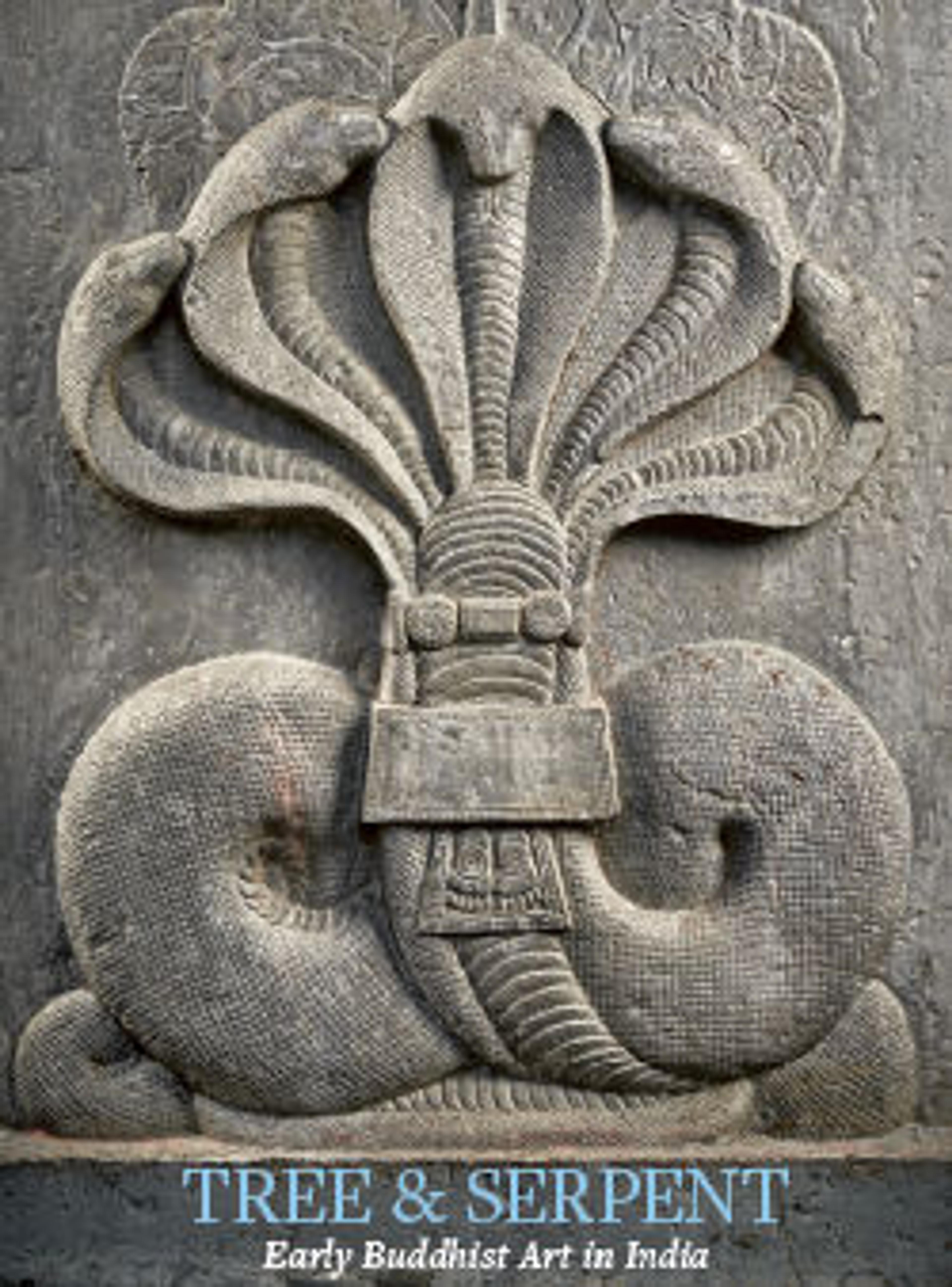Naga attendant holding a fly whisk
The semidivine celebrant here is an anthropomorphic depiction of a serpent deity (naga), identifiable by the cobra hoods rising above his head. He is attired in a princely manner, wearing enormous conical earplugs (compare to those displayed nearby). The assimilation of nagas into Buddhism is a recurring theme in early religious literature. Associated with water and its riches, nagas represent one of the most powerful of the nature spirits that controlled the spiritual landscape of pre-Buddhist India. It was thus essential for monks to subjugate the power of the nagas; to this end Buddhist rituals evolved to influence the coming of the rains.
Artwork Details
- Title:Naga attendant holding a fly whisk
- Period:Ikshvaku period
- Date:ca. 3rd century CE
- Culture:India, probably Goli, Guntur district, Andhra Pradesh
- Medium:Limestone
- Dimensions:H. 36 1/4 in. (92.1 cm); W. 8 7/8 in. (22.5 cm); D. 3 3/8 in. (8.6 cm)
- Classification:Sculpture
- Credit Line:Rogers Fund, 1933
- Object Number:33.25
- Curatorial Department: Asian Art
More Artwork
Research Resources
The Met provides unparalleled resources for research and welcomes an international community of students and scholars. The Met's Open Access API is where creators and researchers can connect to the The Met collection. Open Access data and public domain images are available for unrestricted commercial and noncommercial use without permission or fee.
To request images under copyright and other restrictions, please use this Image Request form.
Feedback
We continue to research and examine historical and cultural context for objects in The Met collection. If you have comments or questions about this object record, please contact us using the form below. The Museum looks forward to receiving your comments.
